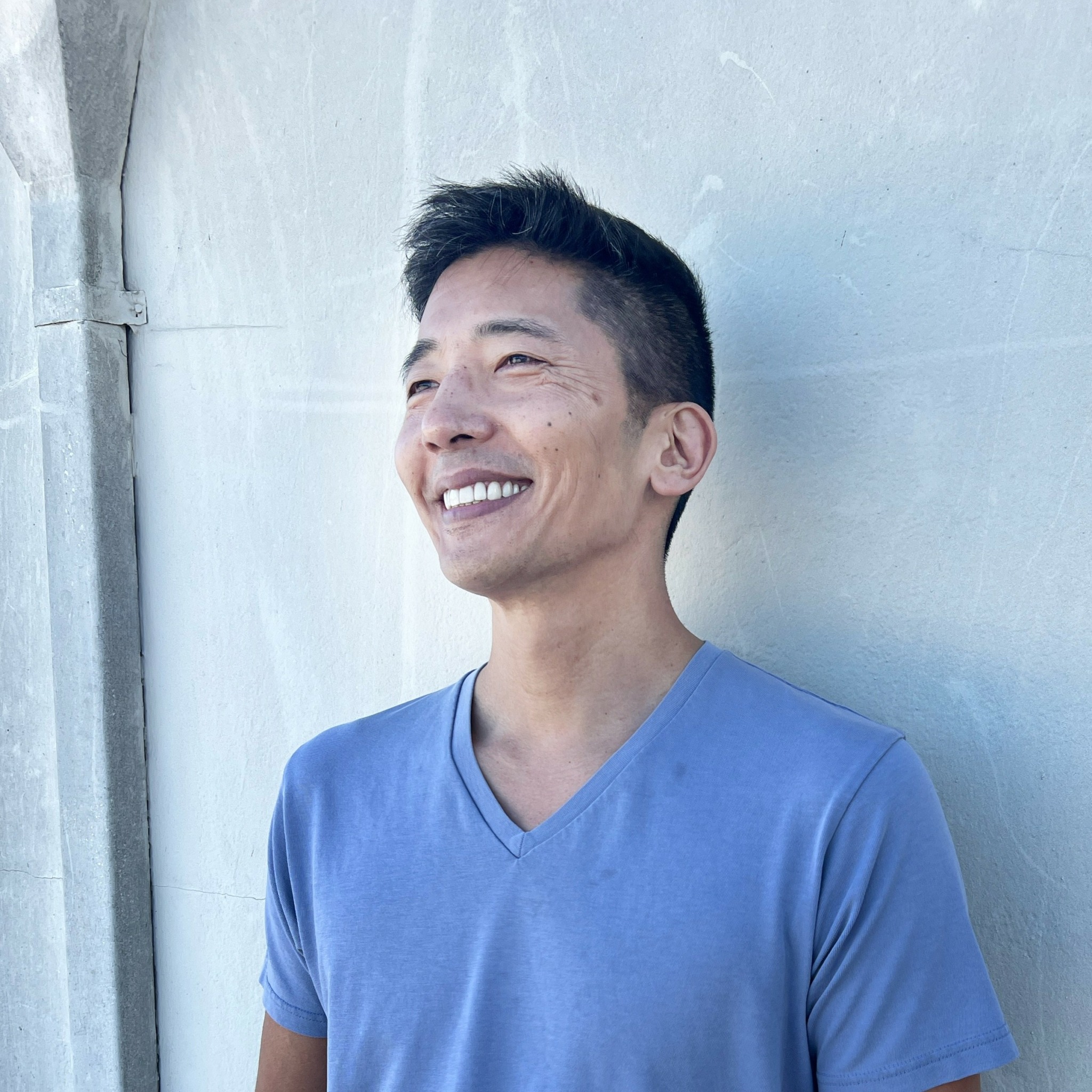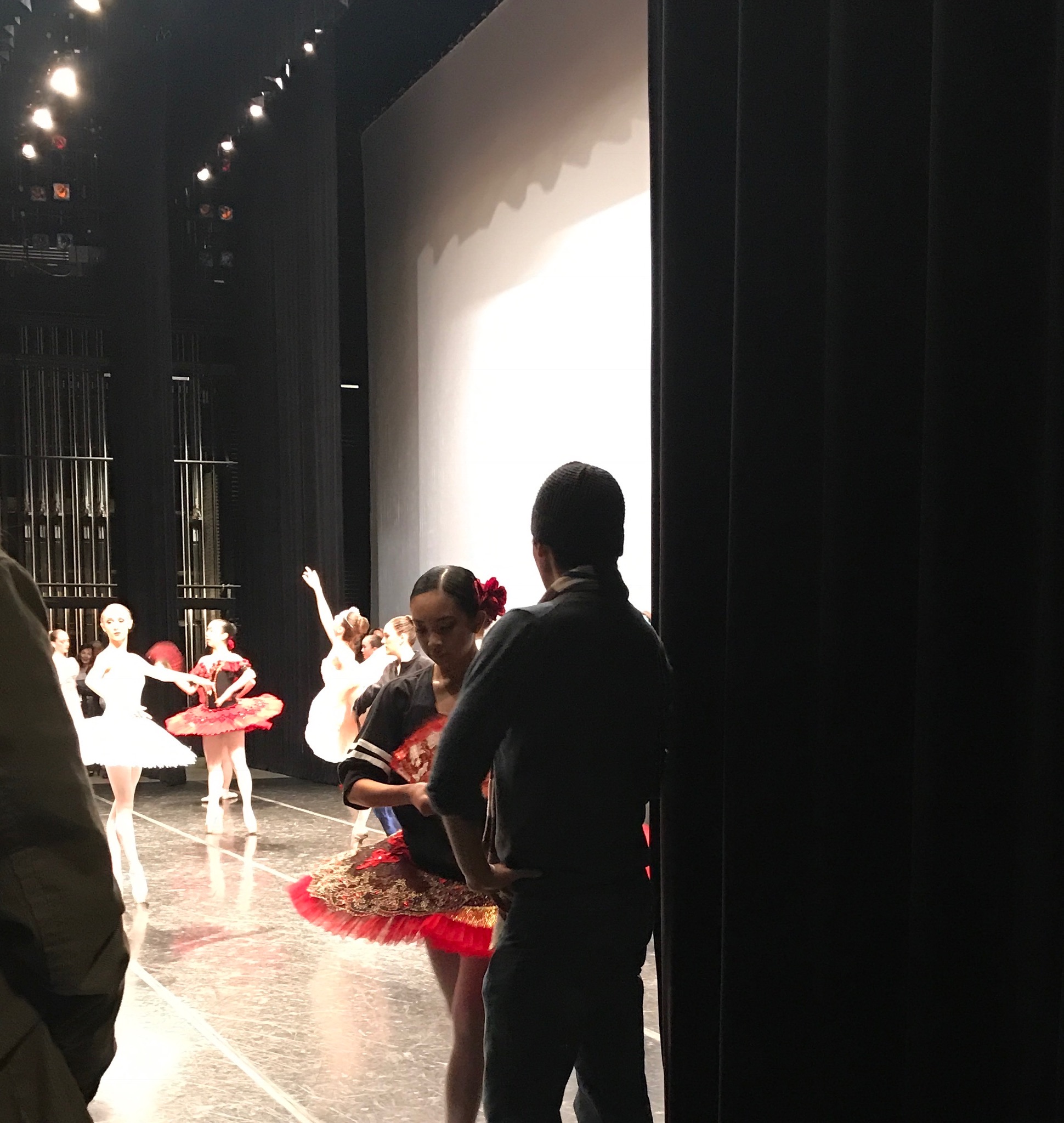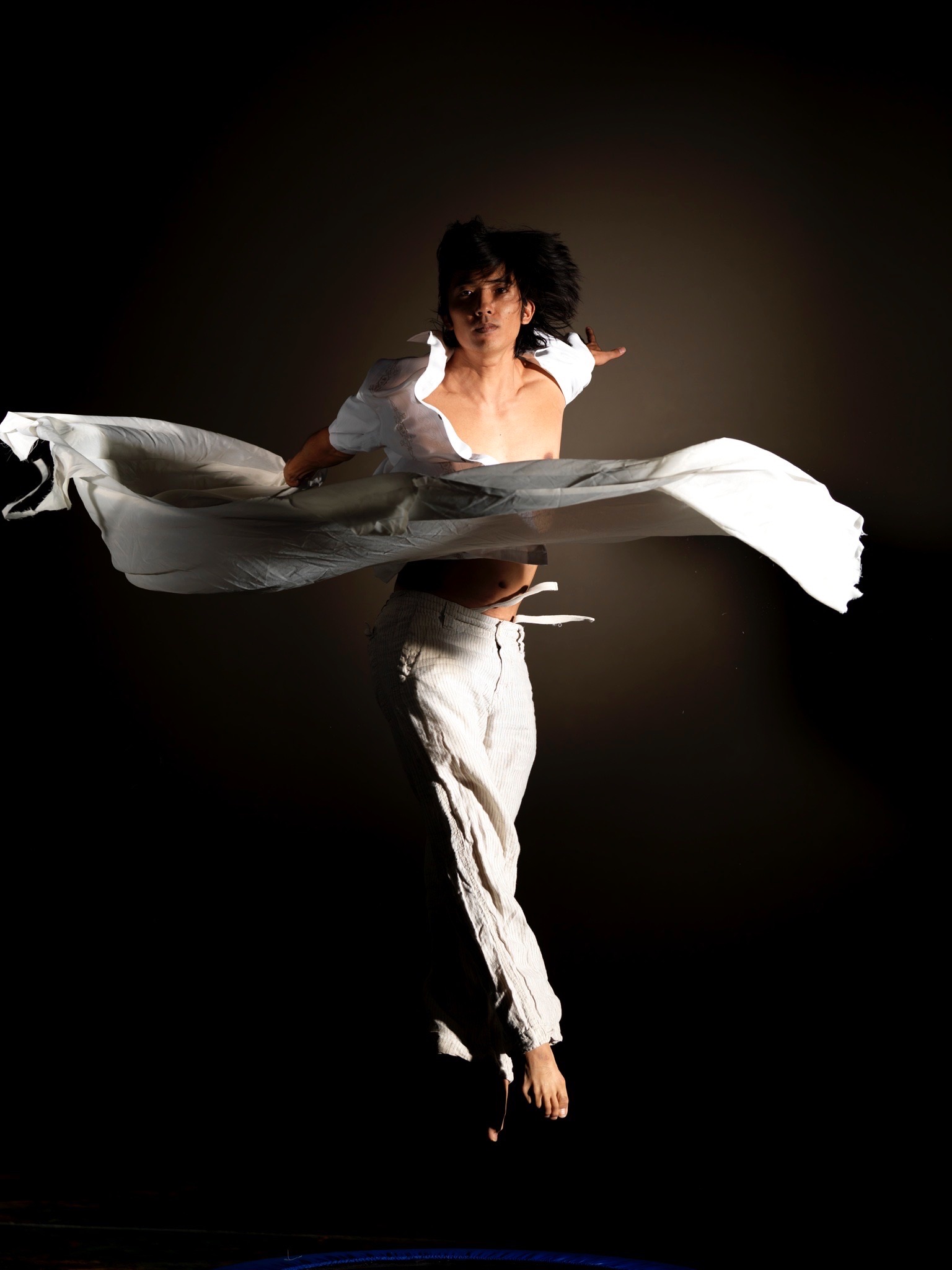We caught up with the brilliant and insightful Derek Sakakura a few weeks ago and have shared our conversation below.
Alright, Derek thanks for taking the time to share your stories and insights with us today. undefined
In my field—classical ballet—change doesn’t come easy. We’re talking about an art form built on centuries-old traditions, revered for its beauty, discipline, and tradition. But what the public doesn’t see is the quiet cost to the dancers who begin training as children, devote most everyday of their teen years to an extremely demanding physical and mental practice, and often work and retire with chronic injuries, limited financial security, and little support for what comes next.
Despite the costs, it’s an intensively competitive field–because when you feel the love and call to dance, you will do anything for it. We love dance and all it represents. It’s one of the most beautiful expressions of being alive.
I’ve spent my life in this world (from 8-50). And what became clear to me over time, as student, 20 yr professional, and a teacher and director was that the innovation we needed wasn’t about changing the art—it was about changing the support system around the dancers.
I founded Creative Generations—a unique mentorship and wellness program and community I’ve designed alongside longtime friends and accomplished, retired colleagues to share our knowledge with, young aspiring dancers. It’s built on a simple but radical premise: dancers deserve the same kind of holistic, long-term support that elite athletes receive in most every major sport. That means regular, one-on-one mentorship from veteran professionals; proactive physical and mental health care; improved injury prevention and care through individualized physical therapy exercises; careful video analysis and feedback of technique and form; dancer-informed nutrition education and support; and somatic and mental restoration through practices like Qigong and breath work.
In a centuries old tradition, what we’re doing is quietly revolutionary: building a comprehensive support system for students that we always needed. Our innovation lives in caring, generational relationships and shared passion for dance. In recognizing the value of experience and hard earned wisdom. In making it normal to say, “I am a dancer—and I still deserve support, health, and a future.”
That’s how we’re shifting the culture. Not by changing ballet itself, but by changing what’s available and possible for the people who live it everyday.
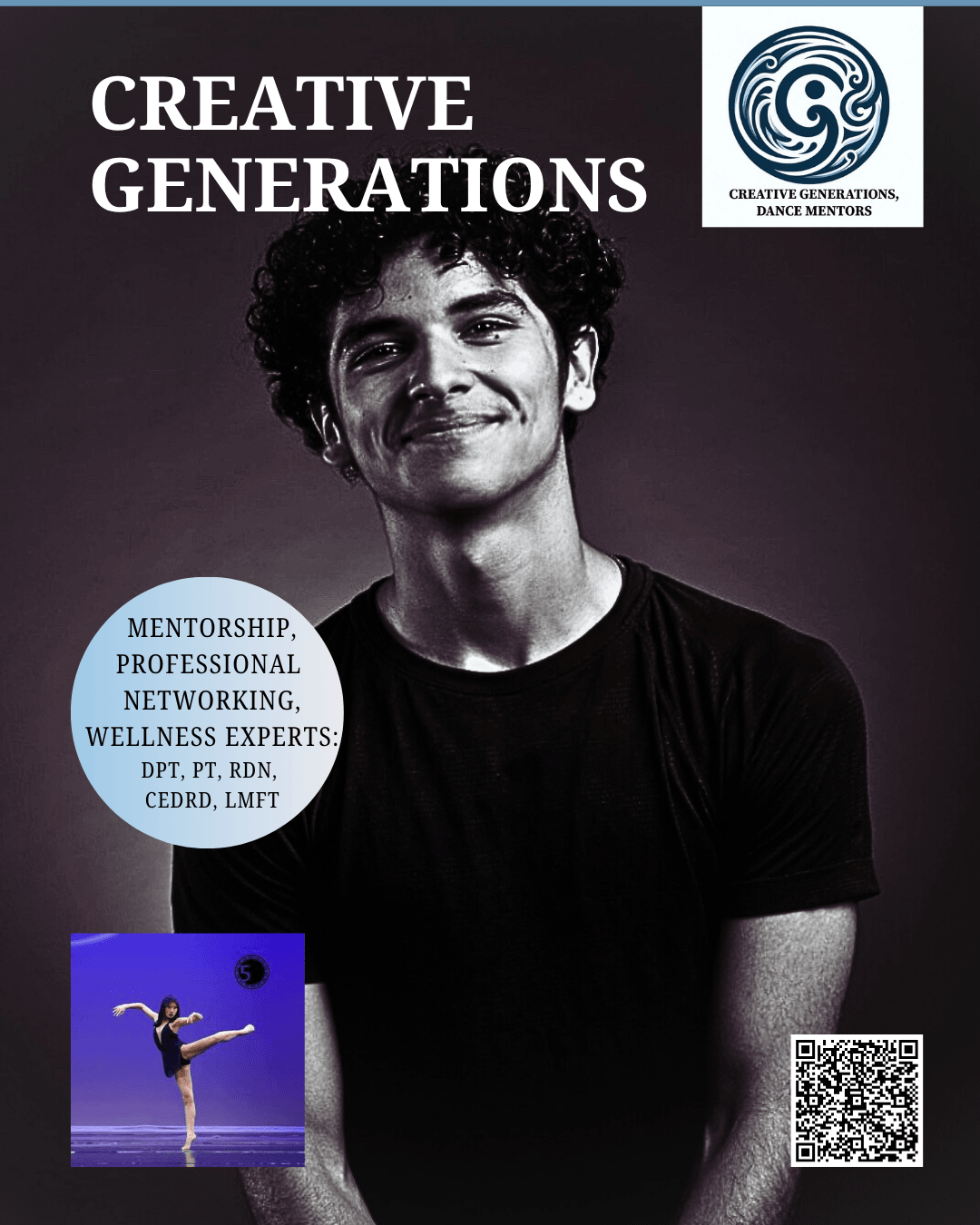

Derek, love having you share your insights with us. Before we ask you more questions, maybe you can take a moment to introduce yourself to our readers who might have missed our earlier conversations?
When I was eight, my mom signed me up for ballet. I was not thrilled. As a young boy growing up in the 1980s, wearing tights and being one of the only boys in class wasn’t exactly an easy path. But the truth is, when you love to dance, you love to dance. And even then—I knew.
Dance was the one thing I kept coming back to. While I explored instruments, academics, and a range of interests, ballet was the thing I devoted my entire being to. From 8 to 21, I trained in elite institutions like San Francisco Ballet School and Houston Ballet Academy, often under legendary teachers and coaches. Like all pro-track dancers, I committed every free hour to becoming a professional. And I did—eventually performing and touring for nearly two decades. But what no one teaches you is how to be a professional dancer—not just in the spotlight, but in the studio, with other professionals, with patrons, how to care for yourself–body and mind, how to handle the pressures of performing in front of hundreds or thousands, how to advocate for yourself, how to prepare for your second career after one that often ends in your thirties. How to prepare for a life when the curtain closes.
That’s where my innovation lives.
In ballet, the art form itself is centuries old. The structure, the hierarchy, even the teaching models rarely change. So I didn’t try to change the art—I changed what surrounded it.
I founded Creative Generations, a mentorship and wellness program that supports dancers as whole human beings. It’s built around one simple idea: dancers deserve the same kind of support that elite athletes receive in almost every major sport—not just while performing, but in preparation, recovery, and transition. Through a curated team of professional mentors (all highly accomplished retired professionals), mental and physical therapists with dance-specific backgrounds, a very important registered dietitian, and restorative somatic practitioners, we’ve created something that didn’t exist when I was coming up: a complete, proactive, and deeply human support system for dancers.
It starts with relationships—intergenerational mentorship between dancers who’ve lived it and those in training. Then we layer in specialized wellness care: dancer physical therapy that prevents injury rather than just reacts to it, mental health support from someone who understands the dance world inside and out, nutrition guidance from a registered dietitian who used to dance professionally, and Qigong—a beautiful, restorative movement practice that helps counteract the relentless demand ballet places on the body.
What’s innovative isn’t a piece of tech. It’s that we’re integrating all these pieces into one ecosystem—and putting the dancer first. Not the institution. Not the performance. Not the tradition. The person. I believe the entire field benefits from prioritizing dancer wellness and education.
Most dancers train from childhood and if they make it to the pros, they work 5–6 days a week, often from 9:30 a.m. to 6 p.m. with few breaks and immense pressure. Many deal with injuries, body image issues, and mental burnout in silence. Creative Generations helps dancers train smarter, advocate for themselves, stay healthier longer, and plan their education for a fulfilling future—inside and beyond the studio.
I’m proud of this work because it’s personal. It’s exactly what I wish I had. And it’s what every professional dancer I’ve spoken to agrees is needed. We’re not here to change ballet. We’re here to change what’s possible for the people who live inside it.

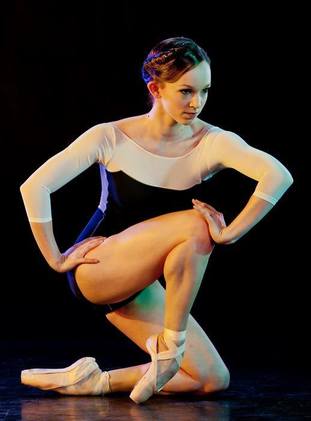
What’s been the best source of new clients for you?
What we offer is still unique in the dance world: a comprehensive mentorship and wellness ecosystem that supports dancers as whole people, not just performers. Because it’s new, the people who understand its value most deeply are the dancers themselves—and they’re the ones who bring others in.
Often, a fellow dancer notices a shift in someone’s confidence, presence, or physical strength. They’ll ask, What changed? And the answer is usually: mentorship, support, and care from our team.
We’ve also grown through partnerships with aligned organizations—especially the Shamrockk Foundation, founded by Mariana and Derek Wagner in honor of their son, Remi Wagner. Remi was a gifted pre-professional dancer who passed away at age 21. His parents chose to honor his legacy by creating pathways of mentorship and community for young male dancers, who often face a uniquely isolating road. Their trust in us has opened doors for dancers who need this kind of care and guidance.
In the end, our strongest “marketing” is how we treat every dancer and every partner—with integrity, consistency, and wholehearted belief in their potential. That’s what people remember. And that’s what brings them to us.
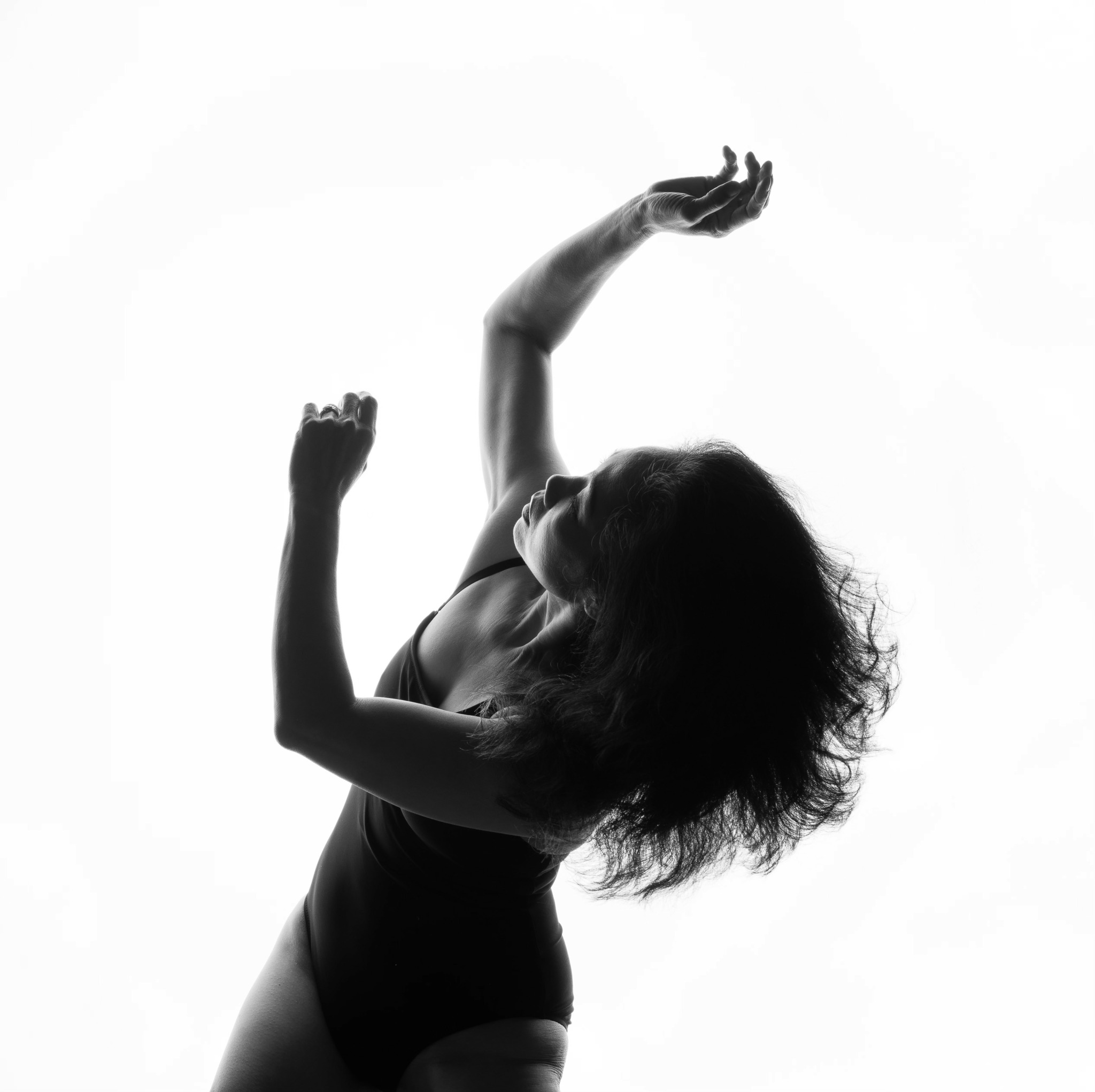
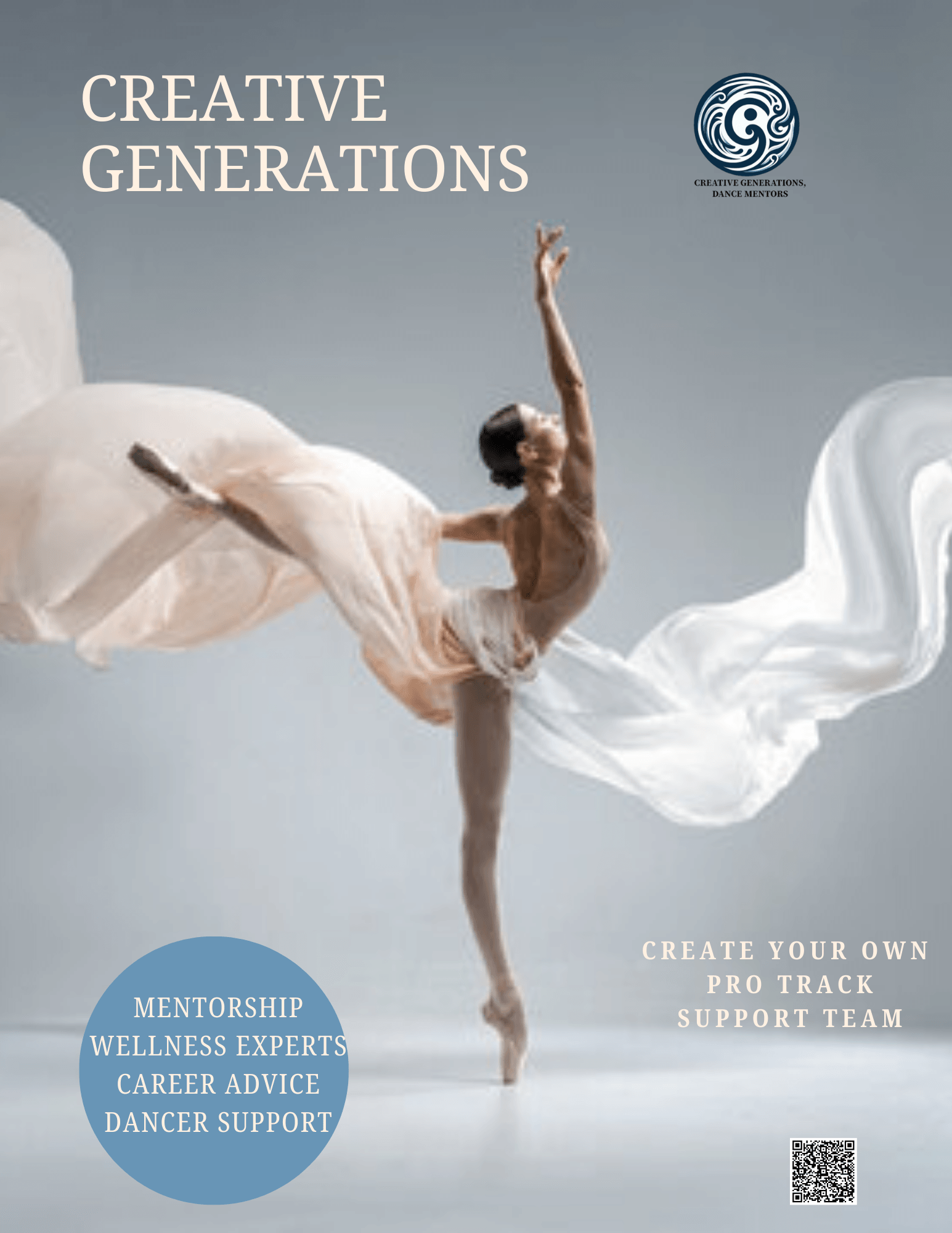
What’s a lesson you had to unlearn and what’s the backstory?
For most of my career as a professional dancer, I didn’t have consistent mentorship. Injuries were often ignored. Mental health wasn’t something anyone talked about. And more often than not, I felt like what mattered most to directors and institutions was the performance—not the person. So when I began building Creative Generations, I carried a quiet belief: This kind of support system probably won’t be welcomed by companies, directors, or schools.
What I’ve learned is that the desire for mentorship and wellness is there—it’s just that most leaders and institutions don’t yet have a framework for it. Because they didn’t grow up with it either. And once we show what’s possible, and how mentorship actually strengthens the dancer, the communication, and the relationship between dancer and institution, it’s not always met with resistance. It’s often met with relief.
That shift has been one of the most encouraging parts of this journey: realizing that there are caring directors, artistic staff, and educators out there. Sometimes, it’s not about fighting the system—it’s about showing a better way and building trust. Creative Generations isn’t here to take dancers away from anyone—it’s here to help dancers show up more fully, communicate more clearly, and thrive longer. That’s a win for everyone.
Contact Info:
- Website: https://www.creativegenerations-dance.com/
- Instagram: https://www.instagram.com/cgdancementors/?igsh=NTc4MTIwNjQ2YQ%3D%3D&utm_source=qr#
- Facebook: https://www.facebook.com/people/Creative-Generations-Dance-Mentors/61555259877753/?mibextid=wwXIfr
- Youtube: https://www.youtube.com/@CGDanceMentors
- Yelp: https://www.yelp.com/biz/creative-generations-berkeley?uid=vApmNGKUb4lEITu_XKEbvg&utm_source=ishare
- Other: https://linktr.ee/creativegenerations?utm_source=linktree_profile_share<sid=026e2fc7-e42d-44bd-85bd-b4090edd5716
